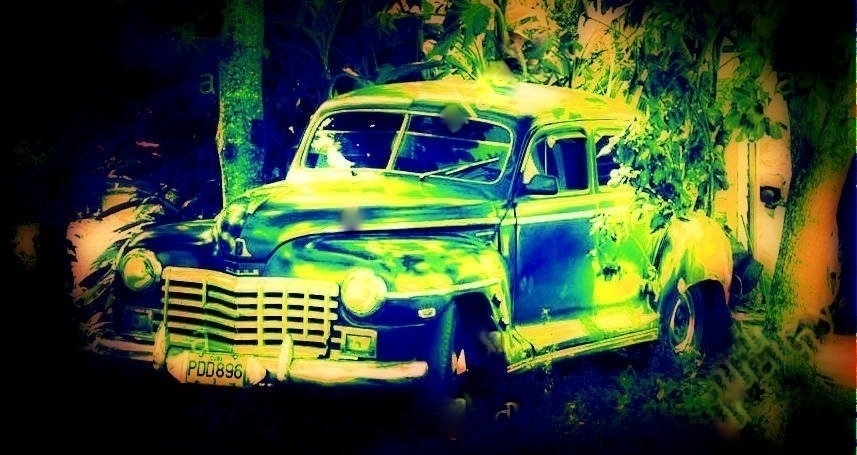Tagged / film script
Recent Writing from Kip Jones Available on the Internet

“Kyle’s photo-montage of black and white clippings, mostly from fashion magazines, Bailey and Avedon, etc., glued to the walls surrounding his bed”.
Kip Jones is pleased to announce that the tripartite story, “True confessions: why I left a traditional liberal arts college for the sins of the big city”, first published in Qualitative Research Journal, is available on Academia.edu. Jones is particularly pleased that what is now called ‘auto-fiction’ has been accepted for publication by such a major qualitative journal. The three stories in the article conclude with a scene from Jones’ ongoing development of the feature film script for “Copacetica”. All three stories portray aspects of the sexual fumbling and romantic insecurities typical in youth.

“Dirty Frank’s” bar, Philadelphia, where the main characters of “Copacetica” frequently meet.
The second piece of writing consists of the bar scene from “Copacetica”. This is the scene in which all the major characters are introduced and the story sets up the conundrum that the main character will face in the film.
“Copacetica” tells the tale of a gullible youth on a roller coaster ride of loss of innocence and coming out in the flux and instability of 1960s hippy America. Often seen as a period of revolution in social norms, Copacetica’s themes include being different, the celebration of being an outsider, seeing oneself from outside of the “norm”, and the interior conflicts of “coming out” within a continuum as a (gay) male in a straight world. These observations are set within the flux and instability of a period of great social change, but which are often viewed in retrospect as consistent and definable. Being straight or being gay can also be viewed in a similar way within the wider culture’s need to set up a sexual binary and force sexual “choice” decision-making for the benefit of the majority culture, or ‘heteronormativity’. Through the device of the fleeting moment, the story interrogates the certainties and uncertainties of the “norms” of modernity.
In the later gallery scene (not yet published), a minor character explains the meaning of the word, “copacetic”:
VISITOR TWO What d’he say? VISTOR ONE “Everything’s copacetic”! (Beat) What does that mean, anyway? VISITOR THREE Everything’s cool. Everything’s okay. Or “Groovy” as they like to say.
Asked what he enjoyed about writing the script for this film, Jones said, “Definitely revisiting the slang used by youth of the 1960s! It’s virtually its own language. And writing the sex scenes. Exciting and very tiring. Almost like the real thing”.
 Pleased to announce a ground-breaking Chapter on the use of film in research from FMC’s Trevor Hearing and FHSS’ Kip Jones in Guilford Publications’ Handbook of Arts-Based Research edited by Patricia Leavy.
Pleased to announce a ground-breaking Chapter on the use of film in research from FMC’s Trevor Hearing and FHSS’ Kip Jones in Guilford Publications’ Handbook of Arts-Based Research edited by Patricia Leavy.












 Dr. Ashraf cited on ‘Modest Fashion’ in The Guardian
Dr. Ashraf cited on ‘Modest Fashion’ in The Guardian NIHR-funded research launches website
NIHR-funded research launches website Academics write for newspaper in Nepal
Academics write for newspaper in Nepal New paper published on disability in women & girls
New paper published on disability in women & girls Global Consortium for Public Health Research 2025
Global Consortium for Public Health Research 2025 MSCA Postdoctoral Fellowships 2025 Call
MSCA Postdoctoral Fellowships 2025 Call ERC Advanced Grant 2025 Webinar
ERC Advanced Grant 2025 Webinar Horizon Europe Work Programme 2025 Published
Horizon Europe Work Programme 2025 Published Horizon Europe 2025 Work Programme pre-Published
Horizon Europe 2025 Work Programme pre-Published Update on UKRO services
Update on UKRO services European research project exploring use of ‘virtual twins’ to better manage metabolic associated fatty liver disease
European research project exploring use of ‘virtual twins’ to better manage metabolic associated fatty liver disease